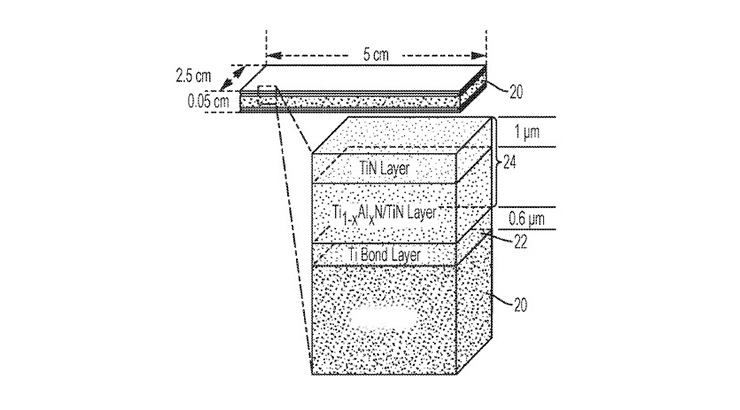Corrosion and Oxidation Resistant Coatings for Nuclear Cladding
ID# 2015-0912
Technology Summary
Cladding is an outer layer of a radioactive fuel material, e.g., nuclear fuel rods, and is typically used to prevent radioactive fission fragments from escaping the fuel and entering coolant being circulated around the fuel material and contaminating it. Cladding is typically made of a corrosion-resistant material with a low absorption cross section for thermal neutrons. Currently, zirconium-based alloys are used as structural components and as fuel cladding in nuclear reactors. While those alloys have good operating characteristics, under normal conditions they undergo waterside corrosion by the primary coolant water. This technology presents a new coating material that resists corrosion in the environment of a radioactive fuel reactor.
Application & Market Utility
The 2011 Japan earthquake and subsequent tsunami resulted in severe damage to the Fukushima-Daichii nuclear facility. This accident has motivated the development of Accident Tolerant Fuels that are more forgiving in the case of a loss-of-coolant accident, providing additional coping time to allow for external intervention before severe fuel damage occurs. This technology provides a solution to such a problem, leading to safer operation of nuclear power facilities.
Next Steps
The research team seeks licensing opportunities.

